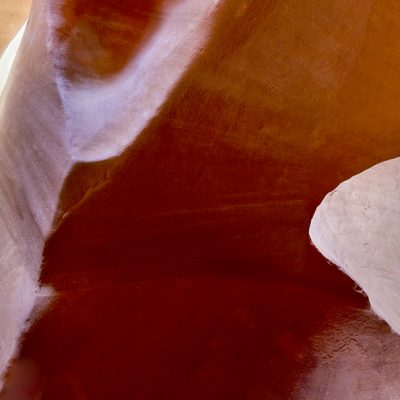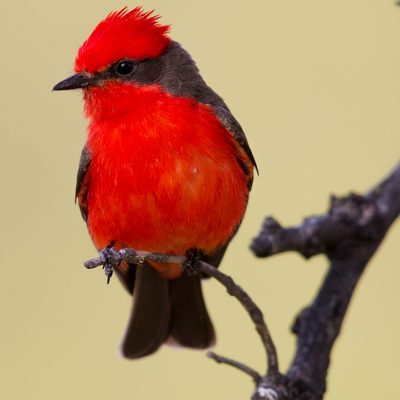Ever wanted to know how I take the amazing lightning photos? Read on.
The tools of the trade
I use Canon Camera’s for all my photography, But any camera is actually able to take photos of lightning. I use ISO 100 for almost all lightning photos. The len’s I use for my lightning photography are my Canon 16-35mm F2.8 and Canon 24-70mm F2.8, But any wide angle lens will do.
Despite lightning itself being very bright, the more overall scene light you let in, the better the picture (in most cases), so use lower F stop settings at night, Unless the lightning is very close. Try not to zoom in on distant lightning as this often produces disappointing results, My saying is if you have to zoom in your not close enough!
Ideally, for both night and late afternoon / early evening lightning you need a camera that can be mounted on a tripod and have a cable/remote shutter release. If you don’t have a tripod you can set the camera up on other available surfaces – eg. a table or car roof, But I would highly recommend investing in a tripod and cable release, They are in-expensive and will help you produce much better results. The cable/remote is used to ensure there is no bumping or shaking of the camera when the shutter button is pressed. If you don’t have a remote another option is to use the camera’s self-timer option so that a few seconds elapse between pressing the shutter and the exposure commencing.
Locking the focus at infinity
You do not want the camera searching for focus when trying to take pictures of lightning – so you need to set it to infinity first. You can do this but setting your lens to manual focus and setting it to the little sideways 8 symbol. Any slightly out of focus shots of lightning are very noticeable with digital.
Night Time Lightning Photography
- Set your camera on a tripod.
- Connect a cable shutter release
- Lock focus at infinity (The little sideways 8 symbol on your lens)
- Set your camera to “M” for Manual
- Remember to set your ISO to 100, The lower the ISO the better quality the photo.
- Set the shutter speed to the longest exposure time possible – realistically you need 10 to 30 seconds (The shorter the exposure time the better the end result, But the longer the exposure time the more chance you have of capturing the photo, Its a fine line.)
- Set the aperture (F-stop) to between F2.8 and F10. Experiment a little with different settings, The brighter the lightning the higher the F stop needs to be, If the lightning is very distant the lower the F stop, I usually use F5.6 to start and go from there.
- Frame the picture where the most lightning is occurring, or where the most spectacular clouds are.
- Observe the lightning for a short while before taking a picture. You will notice that some cloud to ground (CG) lightning strikes very fast (in a fraction of a second it has flashed and gone). Other CG bolts strobe or pulse for anything up to 2 seconds. Sheet lightning (anvil crawlers) sometimes lasts up to a second or more as it spreads across the sky. If the storm is close to you and/or you can see it growing or moving, then exposure times should be at most 15 seconds, or else the cloud will blur (especially if more than one lightning bolt occurs during the exposure). If the storm is a fair way away, you are only framing the storm base, or you cannot see it developing or moving, then exposures can be anything you like! I recommend between 20 – 30 Seconds.
Late Afternoon or Early Morning (low daylight) Lightning Photography
Late afternoon and Early morning lightning can be very difficult to photograph, Because it is light you dont get the luxury of long exposures, But there is a way of capuring it easily! A lightning Trigger, These are reasonaly inexpensive and are very effective! You can buy one of these on-line for under $200 and are a great investment in getting that perfect day time lightning shots.
- Set your camera on a tripod.
- Mount your lightning trigger on top of your camera, Should fit into the Flash mount.
- Set your camera to AV, This will set your shutter speed for you.
- Set your I


